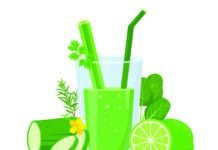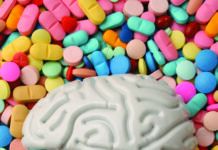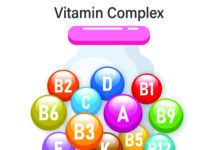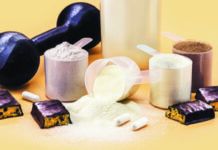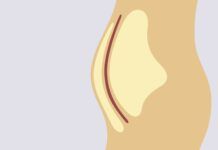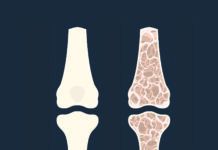[Updated May 8, 2018]
Q: Is the antioxidant level in tea greater when made from loose-leaf tea or tea in bags?
Jeffrey Blumberg, PhD, a senior scientist in Tufts’ HNRCA Antioxidants Research Laboratory, responds:
A:“Tea (from the Camellia sinensis plant) is a rich source of flavonoid phytonutrients, which function as antioxidants. The amount and relative proportion of these compounds in tea leaves depends on a variety of factors, including growing conditions, post-harvest processing (including the fermentation that converts green tea to oolong and black teas) and storage time before brewing. The form of tea, whether as loose leaf or the broken leaf (pekoe) and even smaller particles (fannings or dust) in bags, is not a clear determinant of its antioxidant capacity.
“Perhaps most important (assuming the same weight serving size) is how you choose to brew tea. For example, a freshly brewed, strong cup steeped for six minutes will contain much more flavonoids than a weak cup steeped for two minutes. Unless brewed strong and with a larger serving size, iced tea is typically diluted by the ice and weak. If you enjoy milk in hot tea, realize that some research indicates that the protein in milk binds to flavonoids and reduces the amount absorbed by the body.
“Note that the potential health benefits of tea flavonoids extend beyond antioxidant activity. Flavonoids and related polyphenols are actually multifunctional compounds and can also act as anti-inflammatory agents, may help reduce elevated blood pressure and may aid in regulating blood glucose and insulin levels.”





